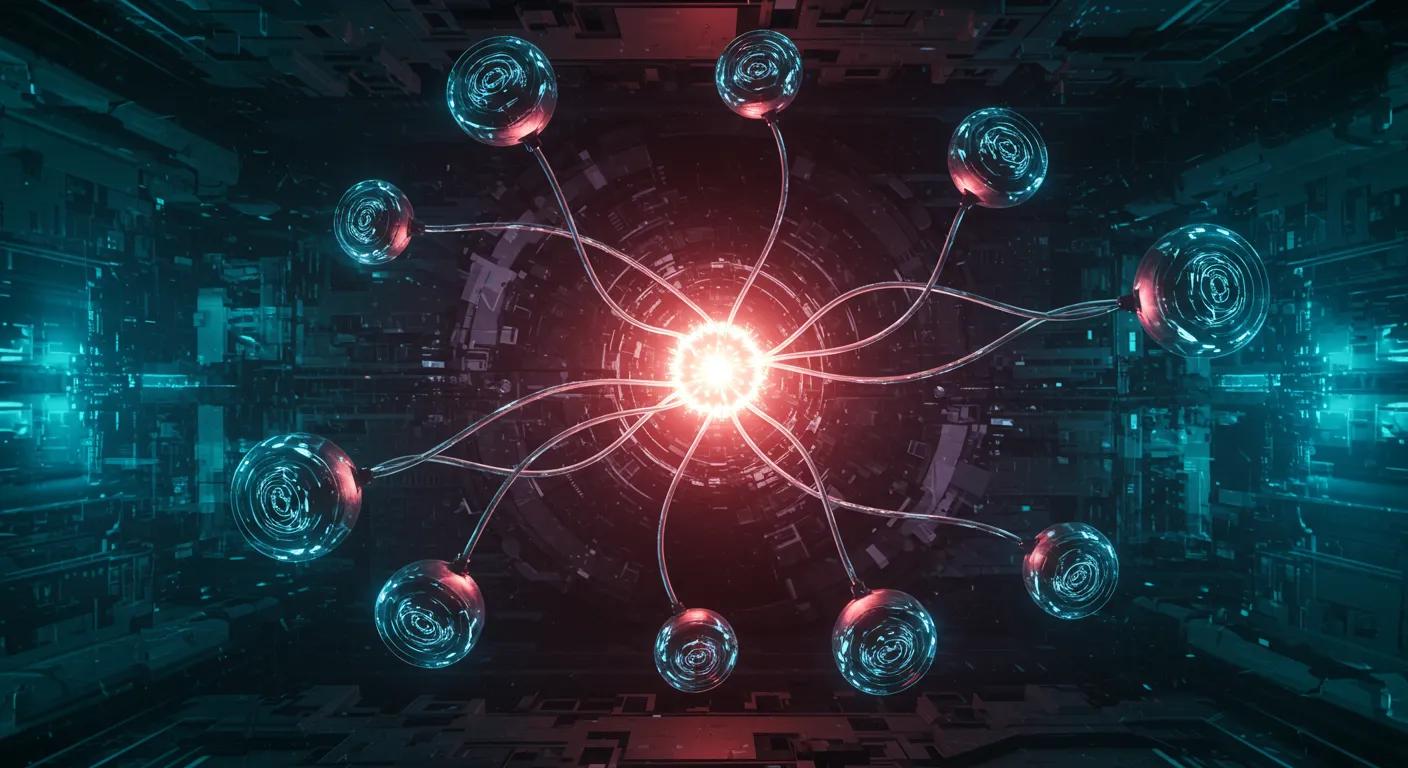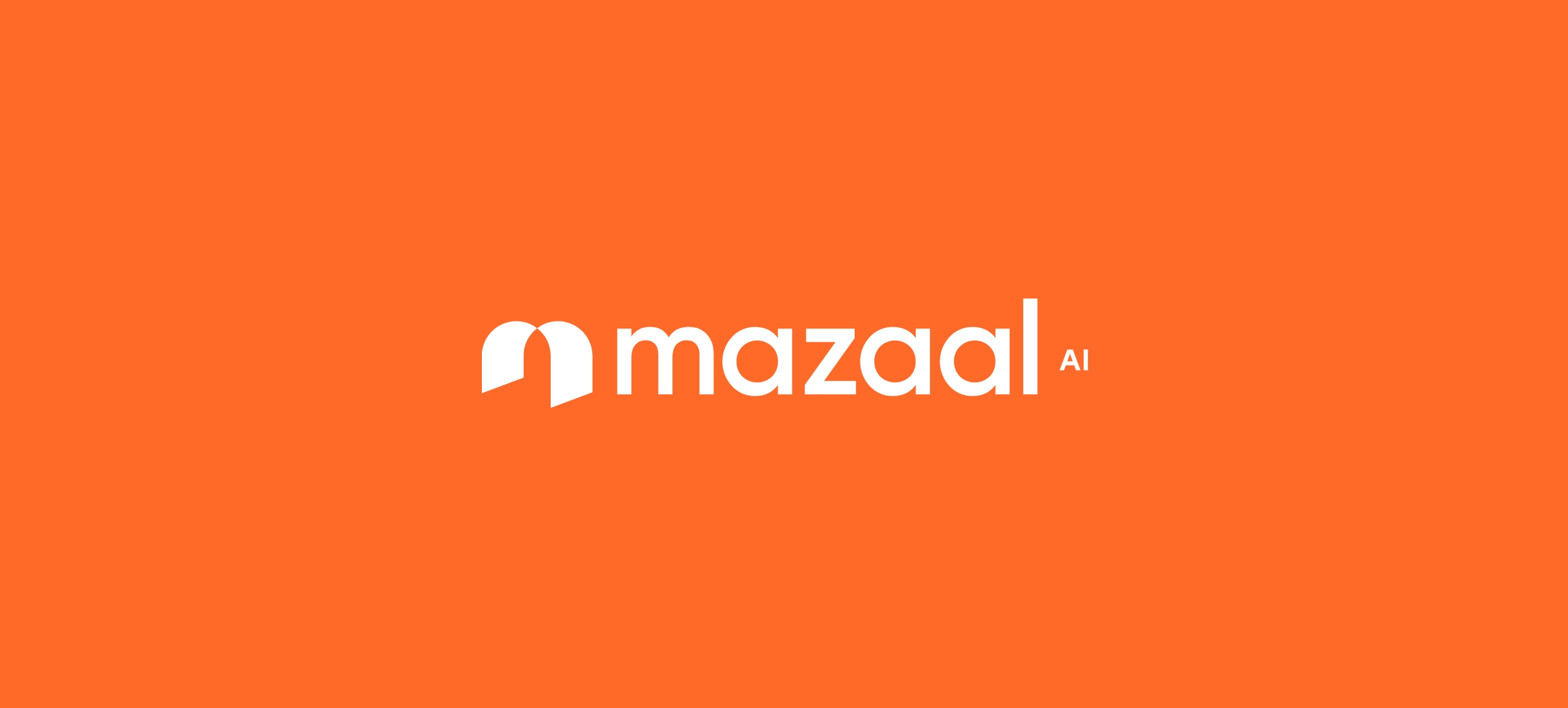I love thinking about just how much easier life could be when you bring Model Context Protocols (MCPs) and Docker together. My hot drink had just gone cold, my VS Code was cluttered with tabs, and I'd spent the better part of an hour setting up yet another integration. That was, until I stumbled onto Docker’s MCP toolkit on a random newsletter (serendipity strikes when you least expect it). Suddenly, configuring AI agents to wrangle my emails, manage my reminders, and automate my workflow felt almost... fun? This is a look at what’s really happening behind the scenes with MCPs and Docker. Spoiler: It’s a lot more interesting (and secure, and productive) than the average README lets on.
Life Before MCP Integration: Pain Points and Ironies
Before the Model Context Protocol (MCP) started gaining traction, my journey into AI development felt like a never-ending wild goose chase. If you’ve ever tried to find a reliable MCP server, you’ll know what I mean. It usually began with a frantic search across random blog lists, community forums, and sometimes even obscure YouTube channels. There was no central place to discover trustworthy MCP servers,just a scattered ecosystem where every new tool felt like a gamble.
This fragmentation is one of the biggest MCP challenges. For a beginner, it’s not just confusing—it’s overwhelming. The Model Context Protocol promises to standardize how AI models connect to external tools and data sources, but in reality, the landscape is still pretty fragmented. You’re left piecing together information from various sources, never quite sure if the server you’re about to use is secure or even functional.
Then comes the setup. Unlike the plug-and-play solutions we all wish for, getting started with MCP tools often means rolling up your sleeves for some serious manual labor. I remember countless times cloning random repositories, wrestling with dependency chaos, and trying to self-host non-containerized services. Each step felt like a new opportunity for something to break—or worse, for something malicious to sneak in.
Security, in particular, was (and sometimes still is) a minefield. Many MCP tools run with unrestricted host access. That means if you’re not careful, you could be exposing your entire system to risk. Even worse, credentials are often passed in plain text. I’ll never forget the time I almost nuked an entire codebase because I accidentally left sensitive credentials exposed in a config file. It’s funny in hindsight, but at the time, it was a heart-stopping moment. These kinds of MCP security issues are not just theoretical—they’re real risks that can derail projects and damage trust.
Many love MCP for its ability to simplify AI integration by providing a standardized open source framework that connects an AI model to a diverse range of tools and data sources.
But here’s the irony: while MCP is powerful, its fragmented discovery ecosystem and lack of robust security controls actually slow down AI development. Developers are forced to rely on scattered sources, increasing the chance of setup errors and making it harder to build trust in the tools we use. For enterprises, the stakes are even higher. Without proper audit logs or policy enforcement, it’s nearly impossible to track what’s happening inside MCP environments. Sensitive data can be exposed, and there’s little recourse if something goes wrong.
Fragmented discovery: Developers rely on scattered sources for MCP servers, making setup difficult and risky.
Manual setup headaches: Repo cloning, dependency management, and non-containerized services create chaos.
Security pitfalls: Unrestricted host access and plain-text credentials expose codebases to unnecessary risk.
Trust issues: Lack of audit logs and policy enforcement slow adoption, especially in enterprise AI development.
Research shows that while MCP standardizes AI tool integration, these challenges—especially around security and fragmentation—remain significant barriers. Until these are addressed, the promise of seamless, secure AI development will remain just out of reach for many.
Docker MCP Toolkit: The Game Changer Nobody Saw Coming
If you’ve ever felt bogged down by DevOps tasks or struggled to keep your AI development workflow secure and efficient, you’re not alone. I’ve been there—spending more time configuring environments than actually coding. That’s why the Docker MCP Toolkit caught my attention. It’s quietly transforming the way we code, especially for anyone working with AI tools and external integrations.
Let’s start with the basics. Docker MCP (Model Context Protocol) is a new open standard that connects AI assistants and models to external tools and data. By containerizing MCP servers with Docker, we get a standardized, isolated environment that’s easy to deploy and manage. No more “it works on my machine” headaches. And with Docker Desktop, installing these MCPs is now cross-platform and dead simple—just a few clicks, and you’re up and running.
Container Magic: One-Click Launch of Verified, Secure MCP Servers
Here’s where the magic happens. Docker’s MCP toolkit extension gives you access to a curated catalog of over 100+ secure, high-quality MCP servers. These aren’t just random containers—they’re verified and trusted, meaning you can launch them with confidence. Whether you’re building AI agents, automating workflows, or managing enterprise tools, you can spin up a server in seconds. The process is as simple as:
Install Docker Desktop (one-click installer for any OS).
Open Docker Desktop and head to the Extensions tab.
Search for Docker MCP Toolkit and install it.
Browse the catalog and launch the MCP server you need.
This means less time on setup and more time coding. And with container isolation and OAuth collaboration, security is built right in.
Demo Time: GitHub, Cursor, and Docs Up-to-Date with Context Seven
One of my favorite discoveries was how seamlessly the toolkit integrates with top AI development tools. Clients like Claude, Cursor, VS Code, and Gordon are fully compatible. For example, you can keep your GitHub repos, documentation, and code editors in sync with the latest context—no manual updates required. The toolkit ensures that everything stays up-to-date, so you’re always working with the freshest data and tools.
CLI Perks: Discover Tools, Manage Secrets, and Enforce Policies Effortlessly
The command-line interface (CLI) is where I had my personal lightbulb moment. With just a few commands, you can:
Discover available MCP tools in the catalog
Manage secrets securely using integrations like Keeper Secrets Manager
Enforce policies for access and usage across your team
This level of control and automation is a huge productivity booster. Research shows that standardized environments and easier tool discovery can dramatically accelerate coding productivity and reduce errors.
This MCP toolkit is gonna be game changing as to how you work and code.
With Docker MCP Integration, you’re not just getting convenience—you’re getting a scalable, secure, and future-proof way to build and deploy AI-powered applications. The toolkit streamlines everything, from one-click verified containerized MCP servers to seamless CLI management and integration with the best AI dev tools.

Beyond Hype: Everyday MCP Use Cases and Real-World Workflow Upgrades
When people first hear about MCP Productivity Tools and Docker AI Agent integrations, it’s easy to imagine something futuristic—maybe even a little out of reach for daily development. But as I’ve discovered, these AI capabilities are already quietly transforming the way we code, automate workflows, and manage projects. Let’s step behind the scenes and see how these tools actually work in real-world scenarios.
GitHub MCP: The Secret Sauce for Repo Management
I started by exploring the GitHub MCP, which is now a staple in my toolkit for automating workflows. Setting it up is surprisingly straightforward. You grab the official MCP from the catalog, provide your GitHub access token, and—just like that—your AI agent can interact with your repositories. As the demo showed, “Now we can see that we now have our GitHub MCP enabled and fully functional.” This means pull requests, tags, and even repo creation can be handled by AI, freeing me up to focus on more creative tasks.
The real magic? I once asked my AI to create a new repository while I grabbed a cup of coffee. By the time I was back, the repo was live on GitHub. It’s automation that feels almost like delegation.
Context Seven: Keeping LLMs in the Loop
Documentation is the lifeblood of any project, but keeping it current for LLM applications is a challenge—especially since language models have knowledge cutoffs. That’s where Context Seven MCP comes in. This tool keeps your docs up to date and accessible for LLMs, with minimal manual effort and token use. As I’ve found, “Context Seven MCP actually helps you in this case.” It’s not just about convenience; it’s about ensuring your AI always has the latest context, which research shows is crucial for reliable automation and code assistance.
Desktop Commander: AI-Powered Command Line
Another standout is Desktop Commander. Think of it as your AI-powered file and terminal ninja. With Dockerized MCPs, connecting to popular clients is seamless and secure. I can execute file operations, run scripts, or manage system tasks—all through natural language prompts. This isn’t just a gimmick; it’s a genuine upgrade to my daily workflow.
Everyday Automation, Real Impact
Automating dev workflows: From handling pull requests to spinning up new repos, AI agents take care of repetitive tasks.
Updating documentation: Context Seven ensures LLMs always have the latest info, avoiding wasted tokens and outdated knowledge.
Safe repo management: Docker MCP toolkit allows secure integration, so I can trust my AI with sensitive tasks.
Studies indicate that Docker’s support for MCP is making these integrations more accessible and secure, helping developers like me streamline our processes without sacrificing control.
Now we can see that we now have our GitHub MCP enabled and fully functional.
With tools like GitHub MCP, Context Seven, and Desktop Commander, MCP Productivity Tools are quietly changing the way we work—one automated workflow at a time.
Trust but Verify: How MCP Security Finally Catches Up
When I first started exploring the world of AI tools and Model Context Protocol (MCP), security was always at the top of my mind. With so many new integrations and connections between AI models and external tools, it’s easy to worry about where your data is going, or worse, who might be able to see it. That’s where Docker MCP really stands out. The combination of containerization and a curated catalog of verified MCP servers has quietly but fundamentally changed the way we approach security in AI development.
Let’s break down why this matters. In the past, connecting your code to external APIs or tools often meant juggling plain-text credentials, exposed tokens, and a patchwork of access policies. It was a recipe for sleepless nights. But with Docker MCP, a lot of those risks are minimized. Containerization acts like a protective bubble around each MCP server. Secrets and credentials are managed inside the container, not floating around in your environment variables or config files. As a result, the risk of accidentally leaking sensitive information drops dramatically.
But there’s more to MCP Security than just containers. Docker MCP also makes it easier to implement OAuth and fine-grained access policies. Instead of manually configuring permissions for every new tool, you can rely on standardized, automated processes. Research shows that this shift towards automation and policy enforcement means security is less manual, less error-prone, and more consistent across different projects. It’s not just about making things easier, it’s about making them safer by default.
Still, no system is perfect. One thing I’ve learned is that security flaws aren’t always obvious. All it takes is a single unverified or poorly maintained MCP server to put your whole workflow at risk. That’s why Docker’s curated catalog of Verified MCP Servers is so important. This isn’t just a list, it’s a collection of over a hundred secure, high-quality MCP servers that you can trust to handle your data responsibly. Before I install any new MCP server, I always check the catalog. It’s a simple habit, but it goes a long way in keeping my codebase safe.
As Docker MCP continues to evolve, it’s clear that the focus on security isn’t just a feature—it’s a foundation. The Docker MCP CLI streamlines setup and management, while container isolation and managed secrets provide peace of mind. And as one expert put it,
It is also gonna make sure that your code is safe and sound.
That’s a promise I take seriously.
In conclusion, the integration of MCP Security with Docker MCP isn’t just about keeping up with the latest trends. It’s about building a safer, more reliable environment for AI development, one where we can trust, but always verify. As the ecosystem grows, staying vigilant and choosing verified servers will remain essential. But thanks to these advances, the days of exposed tokens and sleepless nights are finally behind us.



